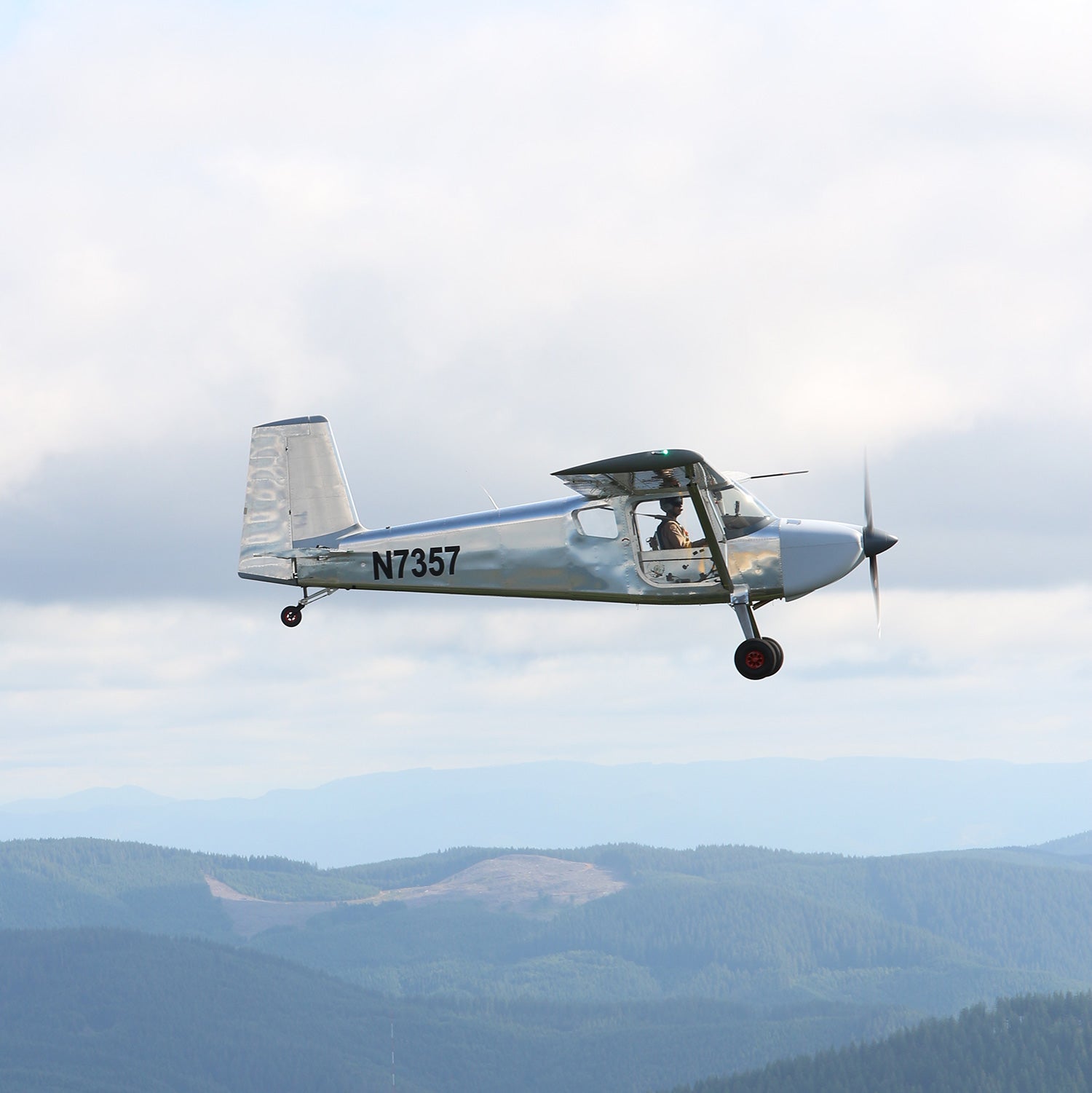While it is often a futile endeavor to compare two aircraft designs to each other, let’s take a stab at one such comparison to an airplane we know well—the Dream Tundra, one of which happens to reside in my hangar. Between my wife and myself, we have put approximately 400 hours on that airplane, and while we have written before about a number of problems that the airplane has shown (mostly due to it being a low serial number in a short line of kits ever produced), the aircraft’s mission is not terribly different from the RV-15.
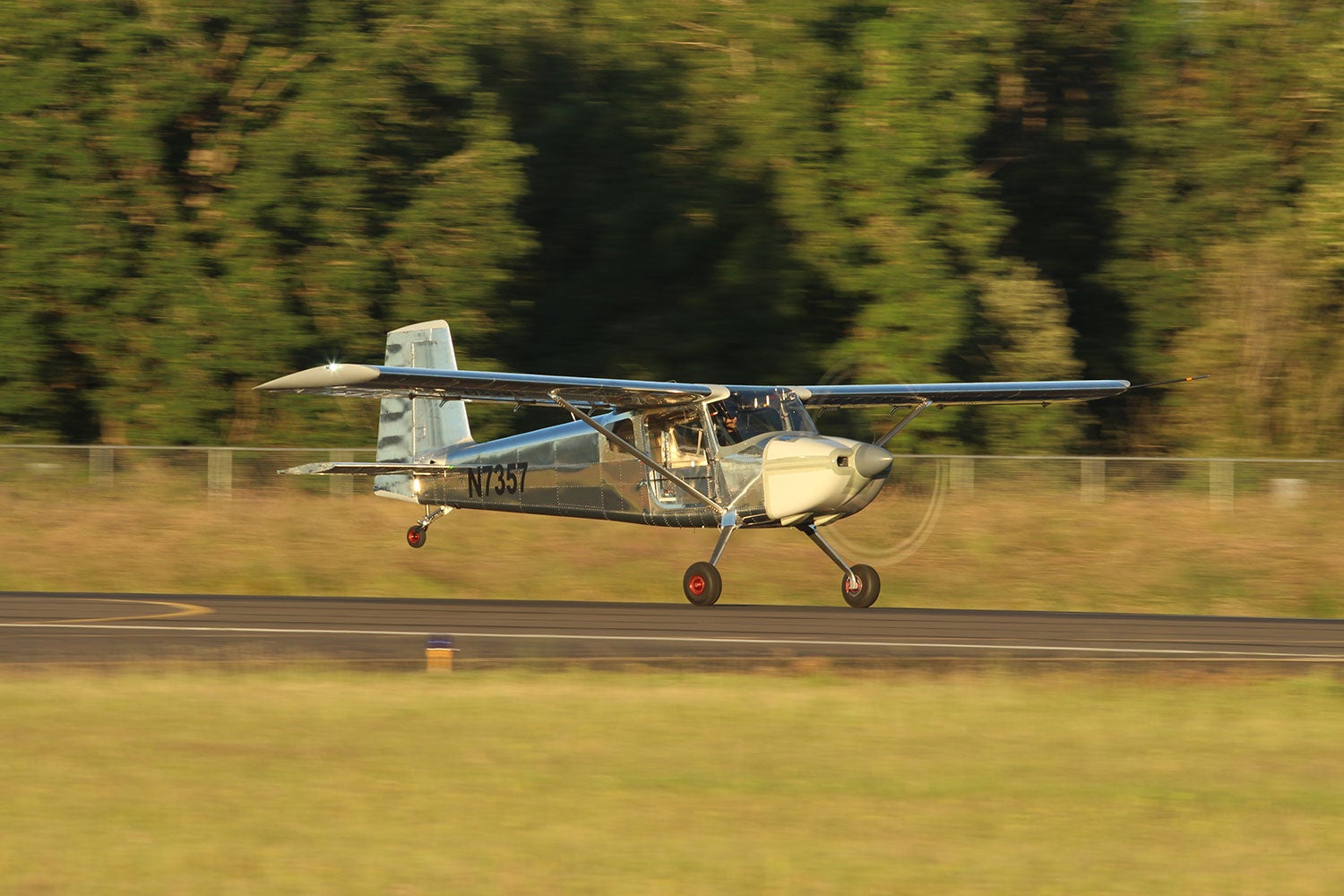
Size-wise, the airplanes are very similar. The Tundra’s wingspan is 36 feet, while the RV-15 is closer to 35—about the same if you’re looking to buy or rent a hangar. Cabin width is very comparable (subjectively), although the bubble doors on the RV-15 give you a little more elbow room and a feeling of more space. The length of the cabin, from panel to rear baggage bulkhead, is very similar, although the Tundra is almost constant width all the way back, where the RV-15 tapers slightly. The Tundra has a shelf that takes up a foot of the aft baggage area, so the cubic volume probably turns out about the same. Because of the taper, however, a rear seat would have less width in the RV-15 than in the Tundra.
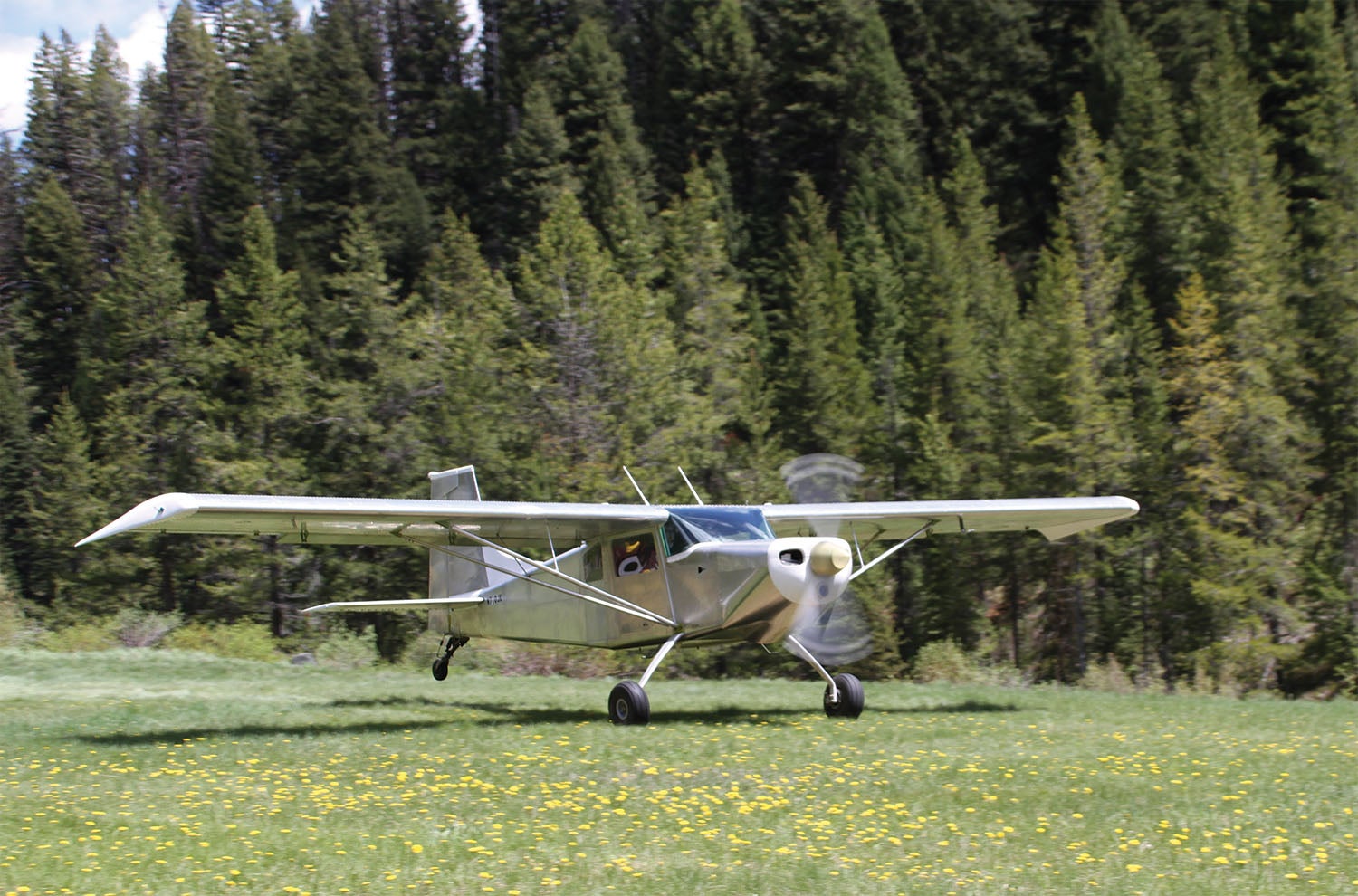
The Tundra uses a traditional dual-wing-strut design with jury struts—the RV-15 is cleaner, with a single strut on each side. If you think that the Tundra flaps are large, wait until you drop them alongside those of the -15. Somewhere in northern Oregon, a barn is missing its doors! Interestingly enough, these large flaps come at the expense of the ailerons—but the outermost part of the ailerons are the most effective for roll control anyway, so we are confident that Van’s will have made the right choice.
The landing gear design of the Tundra was sort of an afterthought, with the primary initial mission calling for floats. The gear consists of two separate spring-like gear legs bolted rigidly to the floor of the cabin and a tailwheel mounted to a leaf spring in the back. On our airplane, we replaced the leaf spring with a T3 shock/damper unit, not only to improve performance, but also to fix an exaggerated rake angle that caused tailwheel shimmy. The RV-15 gear is designed with shock absorption and damping on all three gear legs, with careful engineering to ensure constant geometry for the tailwheel. In short—the Tundra gear was built the way other planes had been built before, while the RV-15 is a completely new concept.
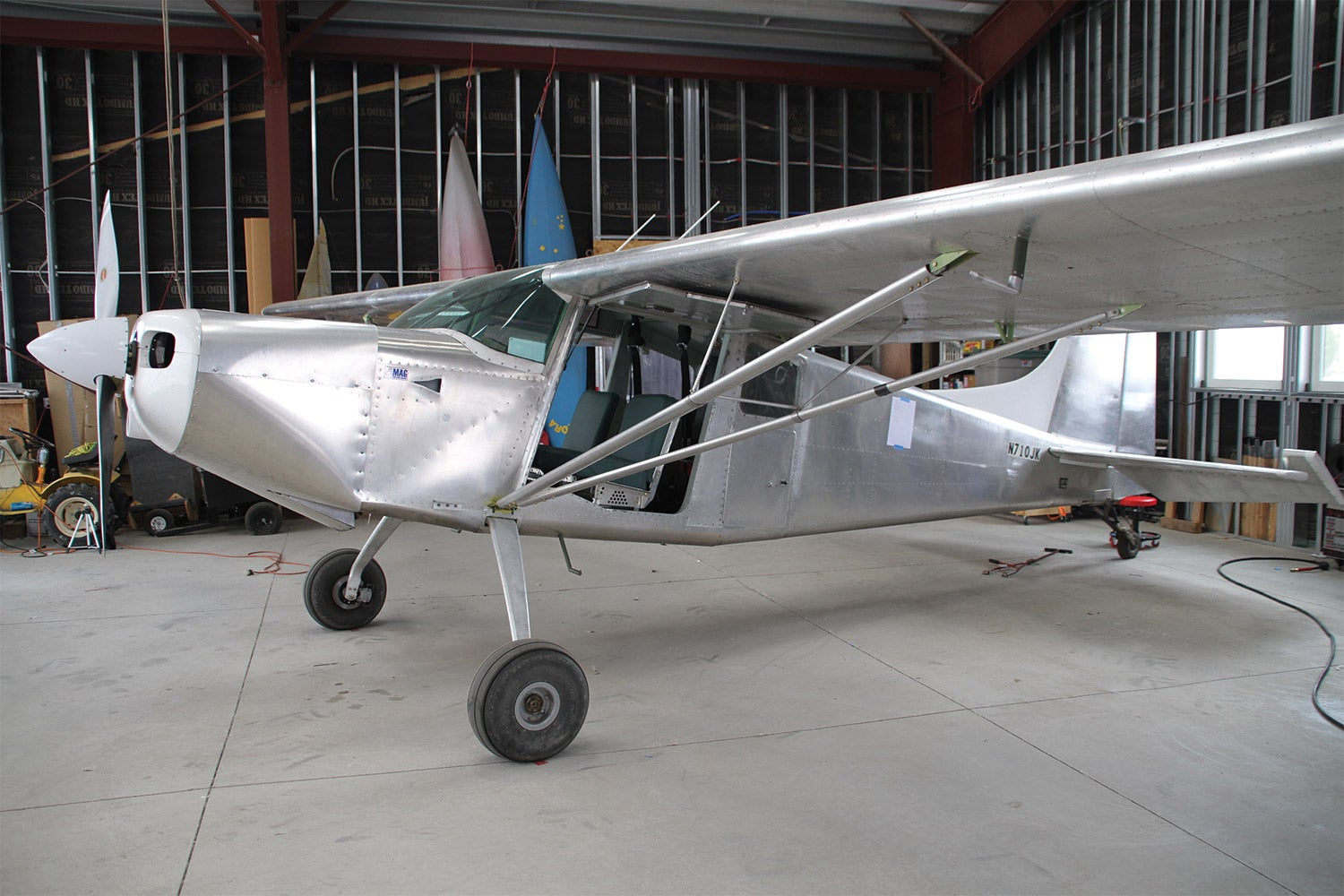
The Tundra was designed to be powered by an engine between 180 and 220 hp, with more power being recommended if it was going to live most of its life on floats. Our high-compression IO-360 (parallel valve) was reportedly dyno-tested at 190+ hp. We fly it out of our home at 4400 feet (msl), with average density altitudes of 6000–9000 feet. Its climb performance has always been good, and top speed is about 127 knots TAS, with normal cruise about 118. We’d expect that the RV-15, which has a little more streamlined fuselage and 215 horsepower, to climb better and have a better top-end speed. Climb is easily predicted when you know the final weight—speed will wait until it flies.
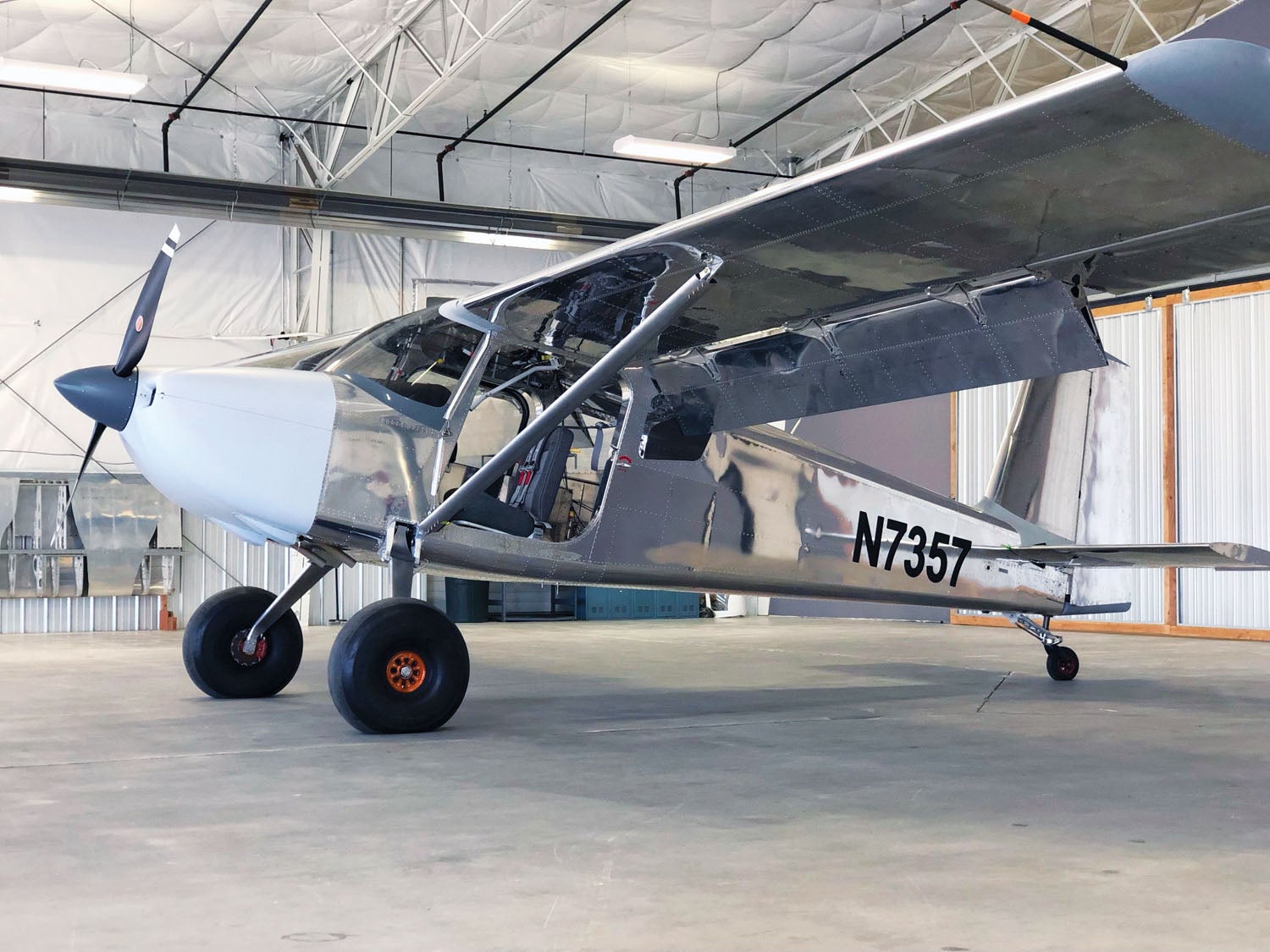
In short, the Tundra is a good load hauler, with plenty of cabin space and built-in provisions for rear seats (although we have hardly ever had them installed). It has been described as an airplane that can carry “two people and an elk.” The RV-15 is clearly going to be able to carry those two people, and the elk—and will most likely do it faster. But why guess? We’re sure we’ll see the real number soon.
The biggest advantage the RV-15 will have is that it is built with experience from all aircraft that have gone before—and it will be kitted, marketed and supported by Van’s. That means there is a vast army of ready customers and a community of support that will help many aircraft be completed and flown once kits are available. The Tundra never really caught on, for a number of reasons. We predict that the RV-15 could easily become the de facto standard for metal aircraft in the backcountry.